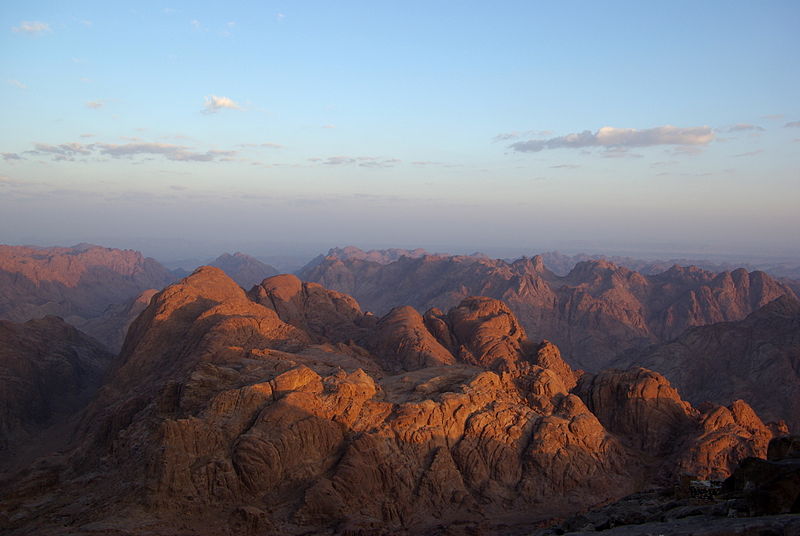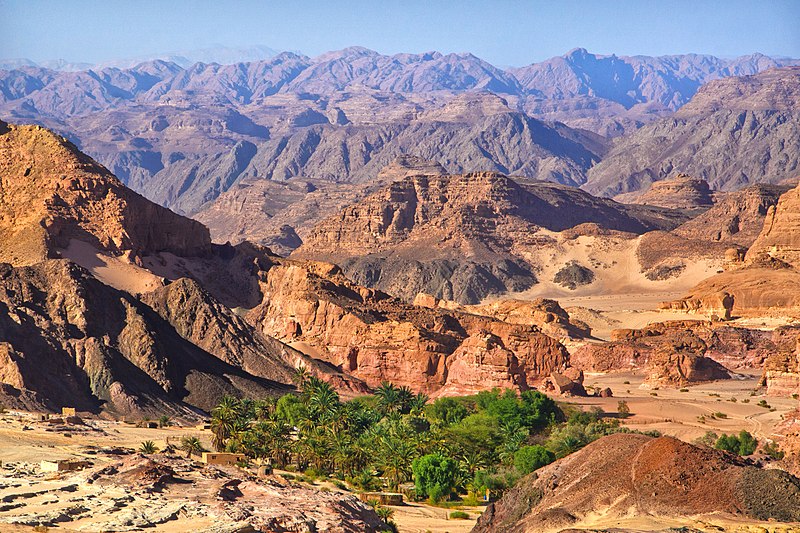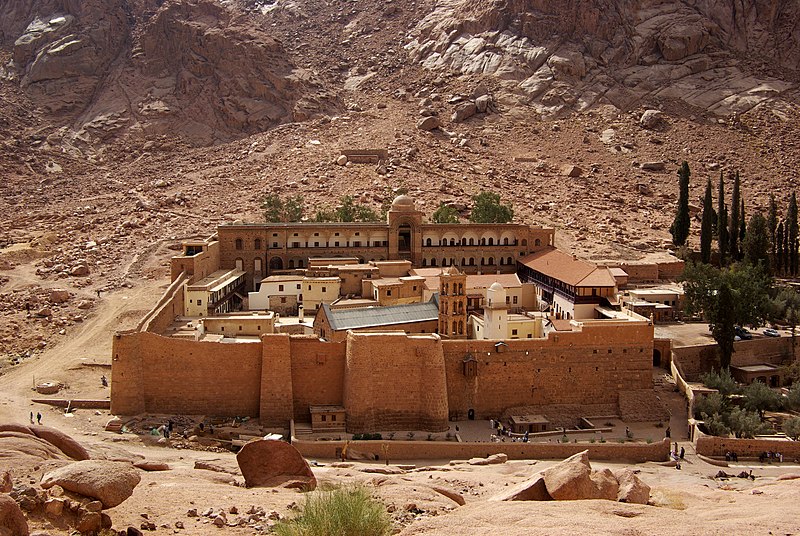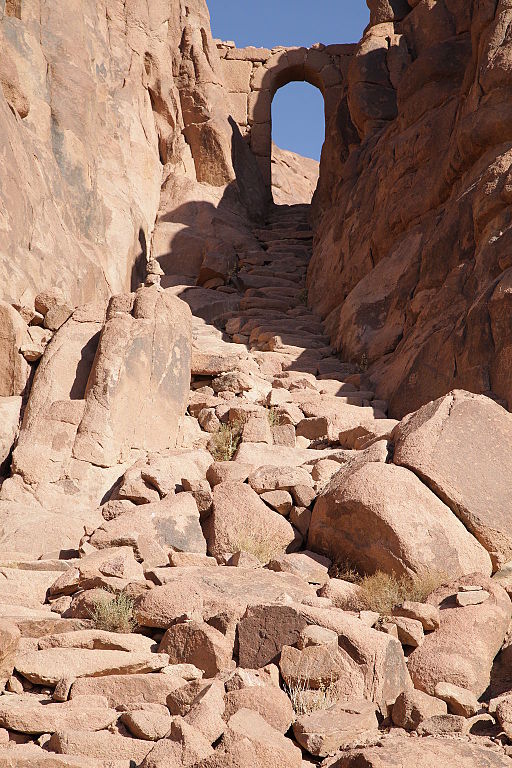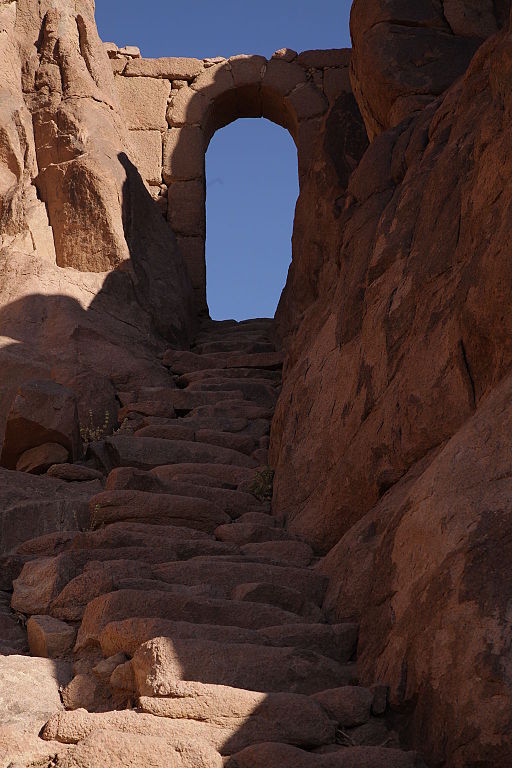Mount Sinai
Mount Sinai is also called Mount Moses, because according to biblical legends, it was at its location that the Tablets of the Covenant were handed over to the prophet. Therefore, hundreds of believers make pilgrimages to it every day from year to year, climbing to the very top, but it attracts ordinary tourists even more.
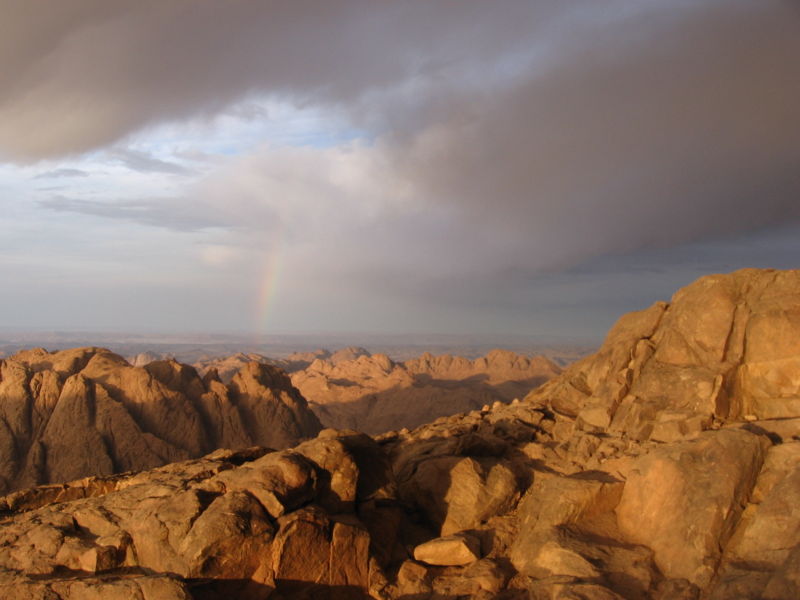
The Conquest of Sinai
There are two paths leading up the mountain: one difficult, but shorter in length. It is most often used by pilgrims. The second one is lighter, but much longer, about 6 km.
Anyway, the Ilia gorge connects both roads and is a great place to gain strength for the final ascent of the "Monastic Staircase", consisting of 700 steps leading to the very top. If the time of ascent is calculated correctly, you can meet the dawn on it, admiring the beautiful views of the entire Sinai range.
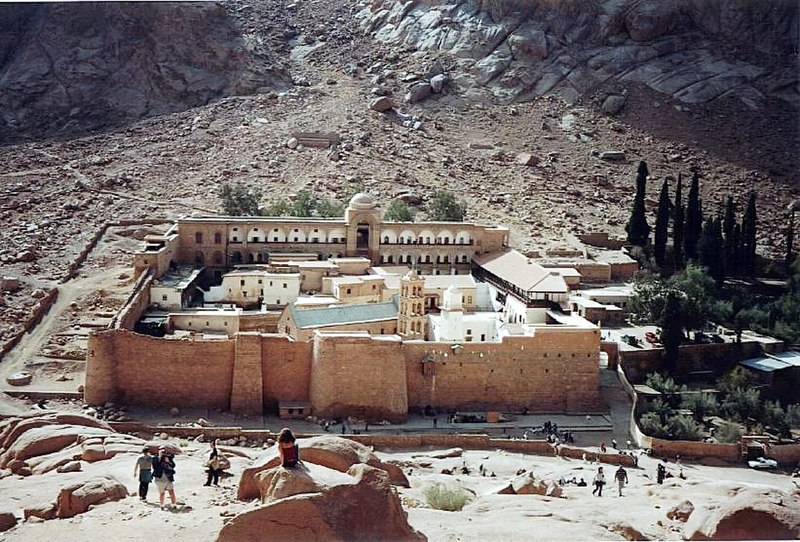
Climate
Sinai is best visited in spring or autumn. Summers are very hot here, and the winter months are frosty, snowy and accompanied by strong winds.
The geological structure of Sinai
The mountain is based on rocks with homogeneous layers. The presence of alabaster in their composition determines its brownish color. The massif consists of slate slate and granite. The soil consists of loam and soil with a fine-grained loose structure. There are no rivers or streams here, but there are many springs and wells.
Flora and fauna
Due to the insufficient amount of water, the flora of Sinai is not so diverse. It is only limited to lichens, wormwood, camel thorn, aloe, and milkweed. Sinai is a wintering place for goldfinches and varakush. Sedentary representatives of birds also build their nests. There are many reptiles — monitor lizards, geckos, snakes of various species. Scorpions and locusts, clusters of cockroaches and ants are everywhere.
Something else interesting
Along the entire route to the summit there are many churches, temples, chapels and even a mosque built in honor of the visit of the Prophet Muhammad to Sinai. You can see the cave where Moses lived for 40 days and nights before handing over the sacred tablets to him. Traveling through Sinai, I come across ancient inscriptions in Georgian and Armenian.
